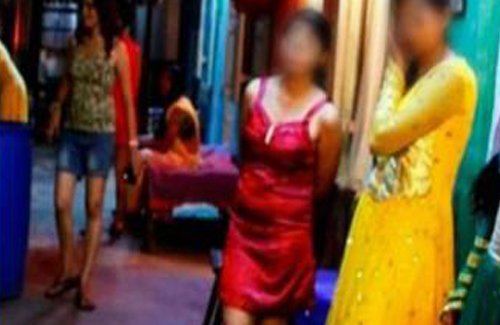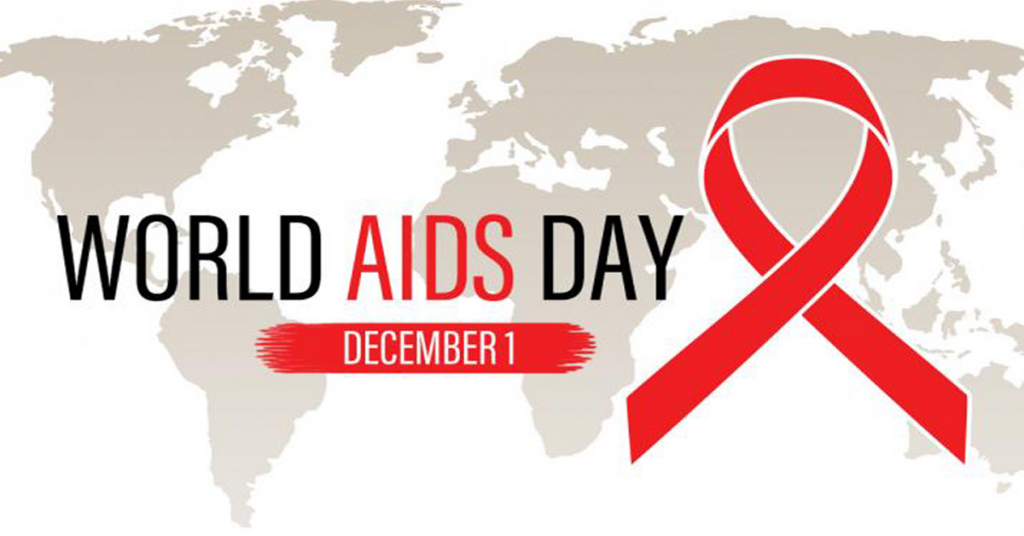World Aids Day is on 1 st December 2020. It gives all an opportunity to join hands, to all the people in the world to fight against the dreaded disease HIV. Moreover, it aims to show support to people who have HIV. Furthermore, it is to commemorate the lives of those, who die because of the disease. This is celebrated as Global Health Day. Women have been hit hard by the virus. Transgenders are more susceptible.
You will be surprised to know the facts:
- More than 35 years after the virus was diagnosed, there is still no vaccine.
- Approximately 38 million people globally are living with HIV today.
- It is one of the most dreaded pandemics in history.
- HIV is the virus that causes AIDS.
- The proportion of transwomen living with HIV is higher than the ones amongst the general population.
- If you are infected with HIV, does not mean that you have AIDS. There are people who start treatment early. They can still stay healthy and lead a normal life.
- The p24 antigen test is required to detect HIV.
- There is no cure for this disease. However, one can decrease the viral load, due to the numerous medicine available today.
- Till now, there is no vaccine to prevent HIV. It is a complicate virus that changes over time. Thus, the vaccine is not yet out.
- Sharing needles can give you HIV.
- Lastly, HIV does not spread through mosquitos, sweat, teas, pools or casual contact.

Indian Red-Light Areas – Beyond the Facade:
One of the most prominent red-light areas in Kolkata IS Sonagachi. In fact, Sonagachi is Asia’s largest. More than 7,000 sex workers stay there. Few are from neighbouring countries like Bangladesh and Nepal as well. However, in 2020 due to the pandemic, many are out of work and many have left for other towns. These sex workers are at the highest risk. India, in general, seems to have the largest number of red-light districts.
The other red-light areas in India are Kamathipura in Mumbai, Budhwar Peth in Pune, Meerganj in Allahabad, G.B. Road in Delhi, Chaturbhujsthan in Muzaffarpur and Shivdaspur in Varanasi, to name a few. Data from several types of research it is found that women who are forced into prostitution are thrice as likely to contract HIV. You will be surprised to know the painful condition of women sex workers in India.
HIV And Sex Trafficking In India:
- India has the largest prevalence of HIV. One of the main factors is unprotected sex.
- Second, comes, the use of syringes.
- There is a stigma associated with HIV in India. Once, people know that a woman has HIV, she is shunned from all areas of society.
- HIV compromises the immune system and leaves women vulnerable to other infections.
- In the year 2017, an estimated 1.6% of Indian female sex workers were living with HIV.
- Sex workers are 13 times more likely to be infected with HIV.
Also Read: Mother- Daughter Equation in Rituporno Ghosh’s Cinema
Only, WE can fight for the cause. We can join hands to spread the message. We need to propagate the usage of condoms, and also plan for gynaecological services for sex workers free of cost. Immoral Trafficking is one of the main reasons, as forced prostitution is the key to this. There should be an increase of pressure on the legal and judicial system of India, to stop the immoral activity. An increase in medical facilities can also help improve the conditions.
Concluding, the number of women living with HIV is growing. You should get tested regularly. So, early detection can lead to a proper treatment to keep the viral load under control. Celebrate World Aids Day with a red ribbon-band today. Pledge to save women!




